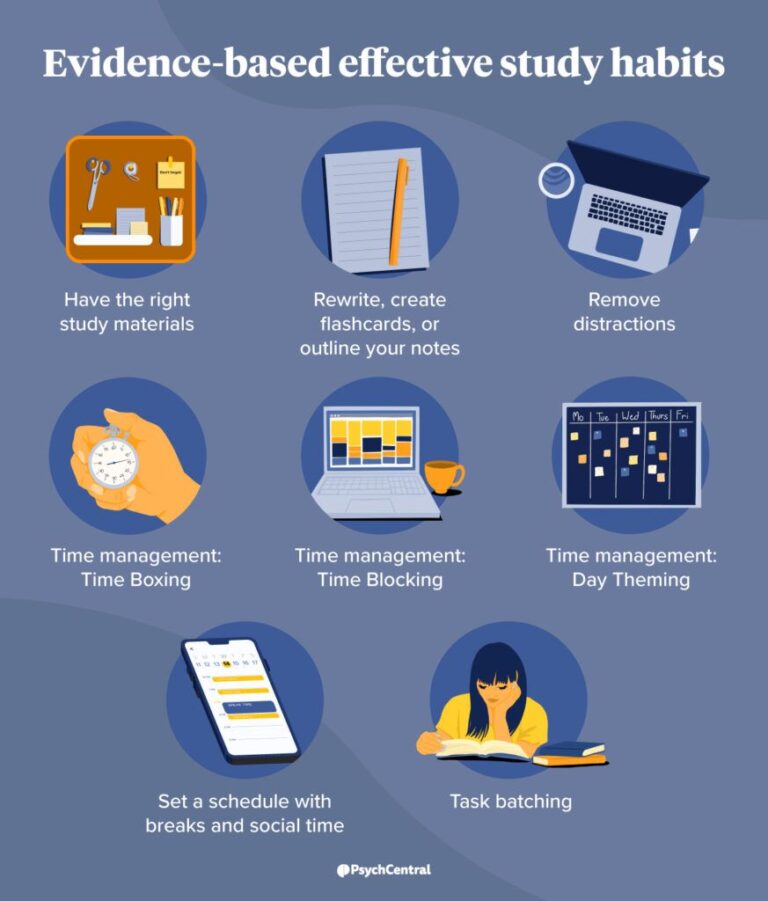Latest Trends in Digital Education: Transforming How We Learn
The digital education landscape has evolved dramatically in recent years, driven by advancements in technology and a growing need for accessible, flexible learning solutions. As we move into 2025 and beyond, the trends in digital education continue to reshape how we approach teaching and learning. Whether you’re an educator looking to stay ahead of the curve or a student seeking the best online learning experiences, understanding these trends is key to navigating the future of education. From AI-driven personalized learning to immersive virtual classrooms, this article will explore the latest trends that are making waves in digital education.
Artificial Intelligence and Personalized Learning: A Game Changer
One of the most significant trends in digital education is the rise of artificial intelligence (AI) to create personalized learning experiences. AI-powered tools are helping educators tailor lessons to individual students, offering real-time feedback and adapting content based on performance. This personalized approach allows students to learn at their own pace, providing more flexibility and improving learning outcomes.
AI is also helping in automating administrative tasks, enabling educators to spend more time on teaching and less on grading or scheduling. As AI continues to evolve, its role in shaping the educational experience will expand, making learning even more customized and efficient.
The Rise of Microlearning: Bite-Sized Knowledge for Busy Learners
Microlearning, the practice of delivering content in small, easily digestible units, is becoming increasingly popular in digital education. With the fast pace of modern life, learners often prefer short, focused lessons that can be completed in a few minutes. This trend is particularly useful for professionals looking to upskill or individuals balancing education with work or family commitments.
Microlearning can be implemented through videos, quizzes, podcasts, and interactive modules, making it versatile and engaging. The approach not only enhances retention but also provides learners with the flexibility to learn on the go, further driving its popularity in today’s education landscape.
Virtual and Augmented Reality: Bringing Learning to Life
Virtual reality (VR) and augmented reality (AR) are making significant strides in digital education, offering immersive experiences that bring learning to life. These technologies enable students to interact with 3D models, conduct virtual experiments, or even travel to historical landmarks—all from the comfort of their homes.
In fields like medical education, engineering, and history, VR and AR are providing students with hands-on, interactive learning opportunities that would otherwise be difficult or impossible to replicate. As these technologies become more accessible, their role in education will continue to expand, offering deeper engagement and enhancing the learning experience.
The Shift to Hybrid Learning: Flexibility for All Learners
The COVID-19 pandemic accelerated the adoption of hybrid learning models, which combine both in-person and online learning. This trend continues to grow, offering students greater flexibility in how they engage with their coursework. Hybrid learning allows students to attend classes remotely or in person, depending on their preferences and needs.
This approach has proven to be highly effective in reaching a diverse range of learners, including those with disabilities, busy professionals, or individuals living in remote areas. It also allows educational institutions to offer more diverse learning formats, making education more inclusive and accessible.
Gamification in Education: Learning Through Play
Gamification is another emerging trend in digital education, where elements of game design—such as points, badges, and leaderboards—are integrated into the learning process. This trend makes learning more interactive and enjoyable, which can help boost student motivation and engagement.
By turning educational content into challenges and games, students are more likely to stay engaged and retain information. Gamification also fosters friendly competition, collaboration, and problem-solving, skills that are important in real-world scenarios. With its ability to make learning more fun and rewarding, gamification is expected to play a key role in shaping the future of education.
Frequently Asked Questions
1. How does artificial intelligence personalize learning?
AI personalizes learning by analyzing student data to adjust content, pacing, and difficulty levels according to individual needs. It provides real-time feedback, helping students progress at their own pace and ensuring they master each concept before moving on.
2. What is microlearning, and why is it effective?
Microlearning involves delivering content in small, bite-sized units that are easy to digest. It is effective because it fits into busy schedules, improves retention, and allows learners to focus on specific topics without feeling overwhelmed.
3. How can VR and AR enhance education?
VR and AR create immersive learning experiences by allowing students to interact with 3D models and simulations. These technologies bring subjects to life, making abstract concepts easier to understand and providing hands-on learning in a virtual environment.
4. What is hybrid learning, and how does it work?
Hybrid learning combines both in-person and online learning, giving students the flexibility to choose how they engage with coursework. This model allows for greater accessibility, as students can attend classes remotely or in person based on their needs.
5. What are the benefits of gamification in education?
Ramification makes learning more engaging and enjoyable by incorporating elements like rewards and competition. It motivates students to actively participate, boosts retention, and helps develop problem-solving and teamwork skills.


